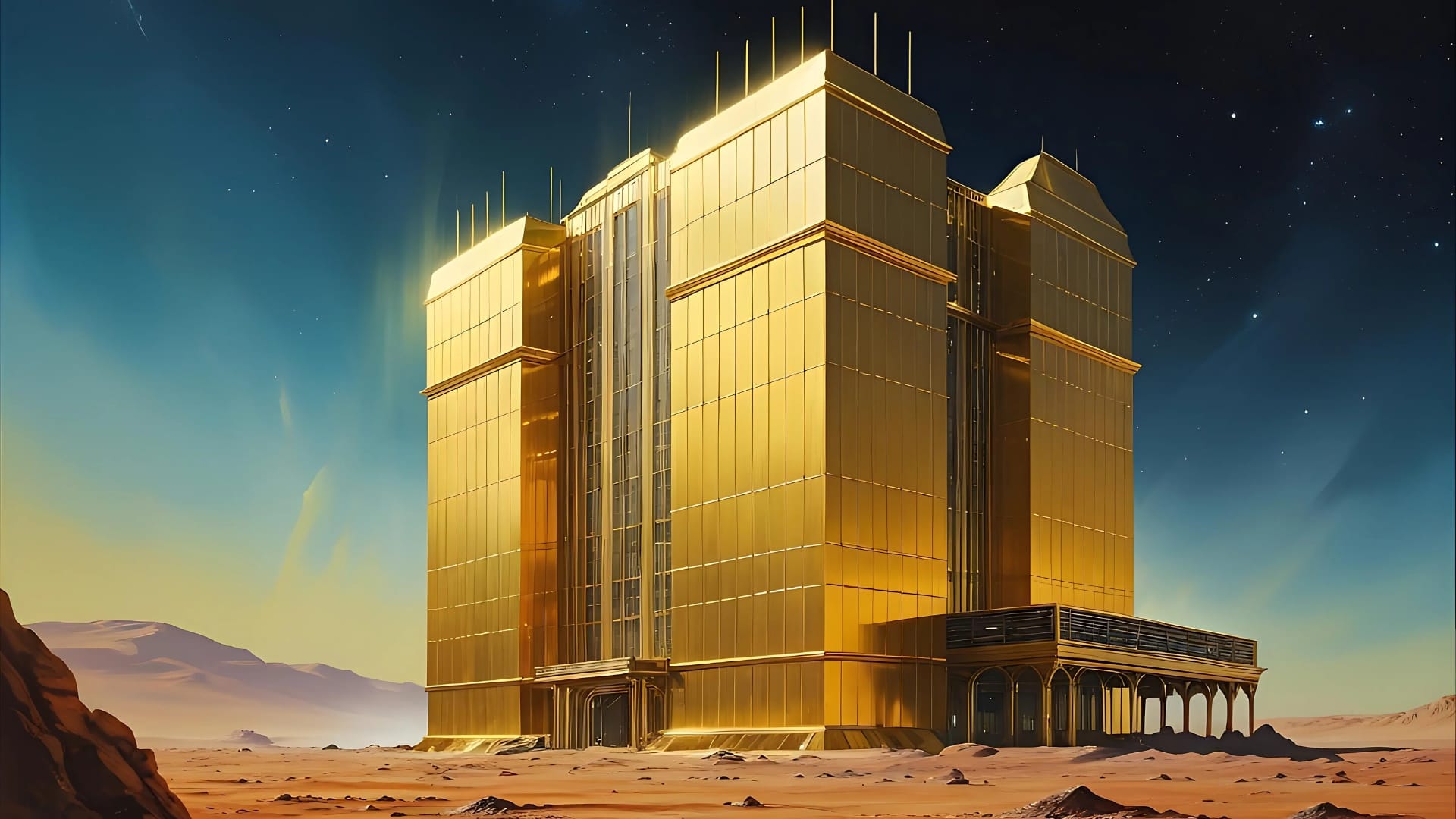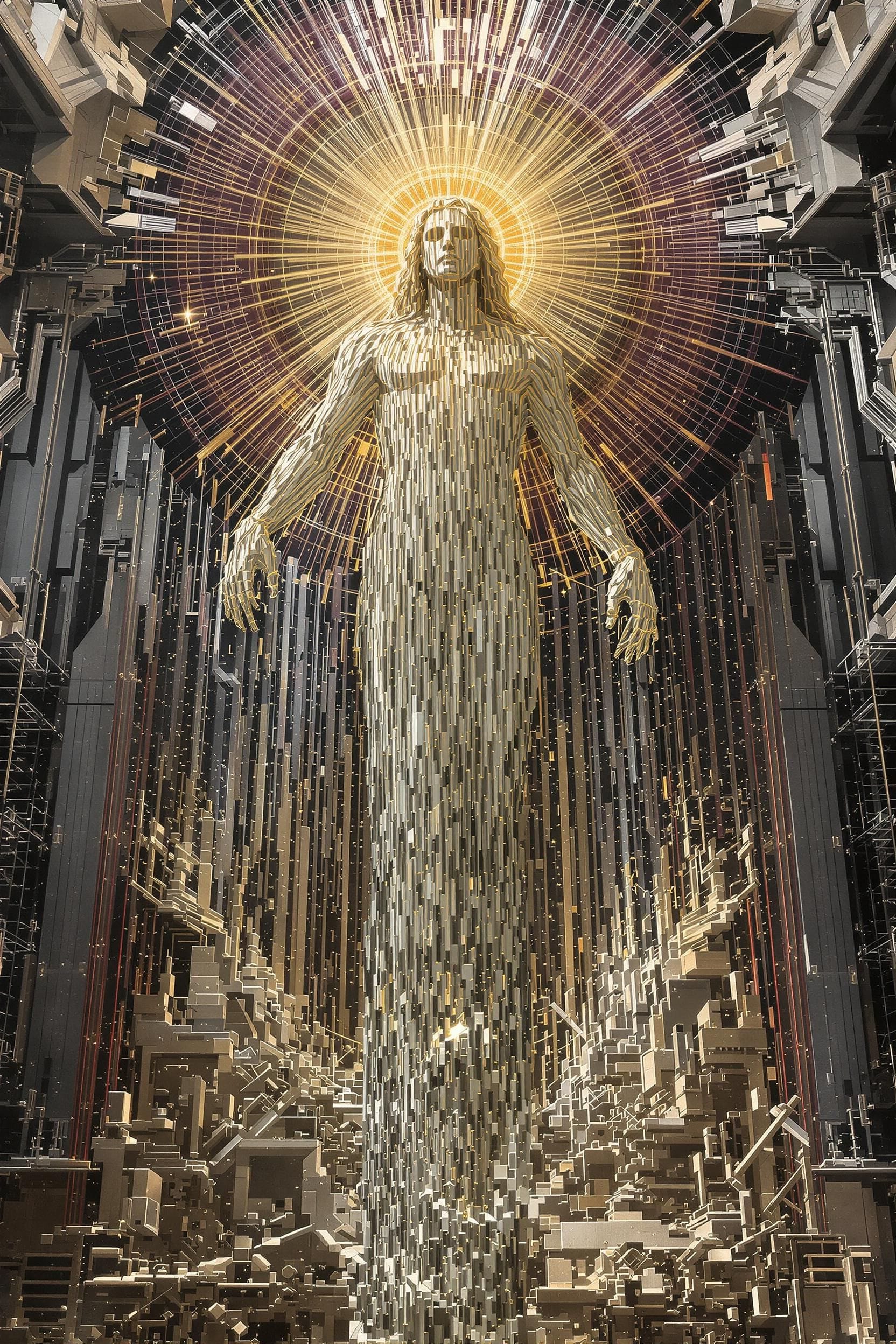Convert Any Text Into a Graphical Map of Concepts
By visually organizing and displaying information, graphical maps of concepts provide a clear and concise way to understand complex ideas and their connections.

What is a graphical map of concepts?
A graphical map of concepts is a visual representation of the relationships between different concepts or ideas. It uses graph theory to illustrate how concepts are connected. This type of map can be created using text analysis and data visualization techniques. The map typically consists of nodes, which represent concepts, and edges, which represent the relationships between concepts. By visually organizing and displaying information, graphical maps of concepts provide a clear and concise way to understand complex ideas and their connections.
Why convert text into a graphical map of concepts?
Converting text into a graphical map of concepts offers several advantages. Firstly, it helps in organizing and structuring complex information by visually representing the relationships between different concepts. Secondly, it enhances understanding and comprehension by providing a visual overview of the key ideas and their connections. Thirdly, it enables efficient navigation and exploration of large amounts of textual data, allowing users to quickly locate and access relevant information. Overall, converting text into a graphical map of concepts is a powerful technique that facilitates knowledge discovery and promotes effective communication.
Benefits of using graphical maps of concepts
Graphical maps of concepts offer several benefits in understanding and organizing complex information. Visual representation of concepts allows for easier comprehension and retention of information. These maps also enable the identification of relationships and connections between different concepts, aiding in knowledge discovery. Moreover, graphical maps provide a structured overview of the content, allowing users to navigate through the information more efficiently. By converting text into graphical maps of concepts, individuals and organizations can enhance their knowledge management processes and improve decision-making.
Overall, graphical maps of concepts serve as powerful tools for knowledge visualization and can greatly enhance the understanding and utilization of textual information.
Process of converting text into a graphical map of concepts
Step 1: Text preprocessing
Text preprocessing is the first step in converting text into a graphical map of concepts. This step involves cleaning and preparing the raw text data for further analysis. It includes tasks such as removing punctuation, lowercasing all words, removing stop words, and lemmatizing words to their base form. Additionally, text preprocessing may also involve tokenization, which is the process of splitting the text into individual words or tokens. By performing these preprocessing tasks, the text data becomes more suitable for concept extraction and graph creation.
Step 2: Concept Extraction
After text preprocessing, the next step in converting text into a graphical map of concepts is concept extraction. This involves identifying important concepts and keywords from the text. Various techniques such as named entity recognition, part-of-speech tagging, and keyword extraction can be used to extract concepts. These concepts serve as the nodes in the resulting graph, representing the main ideas and themes in the text. By extracting concepts, we can effectively summarize and visualize the key information contained in the text.
Step 3: Graph creation
After concept extraction, the next step is graph creation. This involves representing the extracted concepts as nodes and their relationships as edges in a graph. Graph creation helps visualize the connections between different concepts and provides a structured representation of the text. There are various graph visualization tools available that can be used to create visually appealing and interactive graphs. These tools allow users to customize the appearance of the graph, explore different layouts, and highlight important relationships. Additionally, concept mapping software can also be utilized to create and manipulate graphs, enabling users to organize and analyze the extracted concepts effectively.
Tools and techniques for converting text into a graphical map of concepts
Natural Language Processing (NLP) techniques
Natural Language Processing (NLP) techniques play a crucial role in converting text into a graphical map of concepts. NLP techniques enable the extraction of meaningful concepts from raw text by analyzing the structure and context of the language. These techniques involve tasks such as tokenization, part-of-speech tagging, named entity recognition, and semantic analysis. By applying NLP techniques, it becomes possible to transform unstructured text into a structured representation that can be visualized as a graphical map of concepts. This process helps in understanding the relationships and connections between different concepts, providing a visual overview of the text's content.
Graph visualization tools
Graph visualization tools are essential for converting text into a graphical map of concepts. These tools provide a visual representation of the relationships between concepts, making it easier to understand and analyze complex information. Some popular graph visualization tools include Gephi, Cytoscape, and Neo4j. These tools offer various features such as interactive visualization, layout algorithms, and customization options. By using these tools, users can create visually appealing and informative graphical maps of concepts, enhancing their ability to explore and communicate complex ideas.
Concept mapping software
Concept mapping software is a powerful tool that allows users to create visual representations of concepts and their relationships. These software applications provide a user-friendly interface for designing and organizing concept maps. Users can easily drag and drop concepts, connect them with arrows to show relationships and add descriptive text to explain the connections. Some concept mapping software also offers collaboration features, allowing multiple users to work on the same map simultaneously. With the help of concept mapping software, users can easily convert text into graphical maps that provide a clear and structured overview of complex information.
Conclusion
Summary of the benefits of converting text into a graphical map of concepts
Converting text into a graphical map of concepts offers several benefits. Firstly, it helps in visualizing complex information and identifying relationships between concepts. Secondly, it simplifies the understanding of large amounts of text by organizing and summarizing the key ideas. Additionally, graphical maps of concepts can be easily shared and communicated with others, promoting collaboration and knowledge sharing. Overall, this process enhances information retrieval, knowledge management, and decision making.
Future applications and advancements in graphical mapping of concepts
In the future, graphical maps of concepts have the potential to revolutionize the way we organize and understand information. These maps can be used in various fields such as education, research, and knowledge management. By visually representing the relationships between concepts, graphical maps enable us to quickly grasp complex ideas and identify key connections. Advancements in Natural Language Processing (NLP) techniques and graph visualization tools will further enhance the accuracy and usability of these maps. Additionally, the development of advanced concept mapping software will allow users to create and customize graphical maps according to their specific needs. With the continuous advancements in technology, the future of graphical mapping of concepts holds immense possibilities for improving information comprehension and decision-making.
Final thoughts
In conclusion, converting text into a graphical map of concepts is a powerful technique that can enhance our understanding of complex information. By visually representing the relationships between concepts, we can gain valuable insights and identify patterns that may not be apparent in the original text. Natural Language Processing (NLP) techniques play a crucial role in extracting concepts and creating the graph structure. Additionally, graph visualization tools and concept mapping software provide the necessary tools to visualize and explore the graphical map. As advancements in technology continue, we can expect even more sophisticated and interactive graphical mapping techniques to emerge, opening up new possibilities for knowledge representation and analysis.




